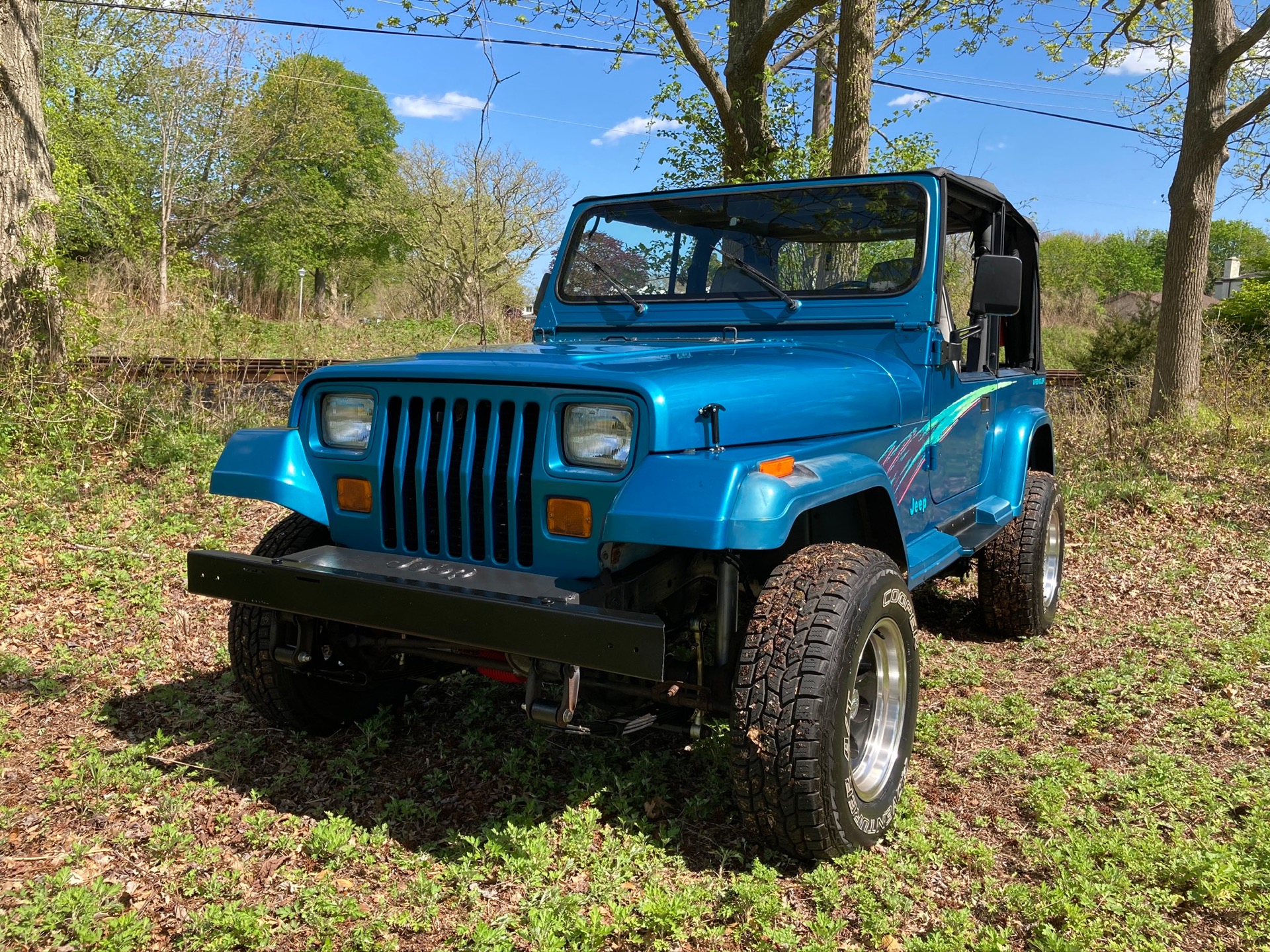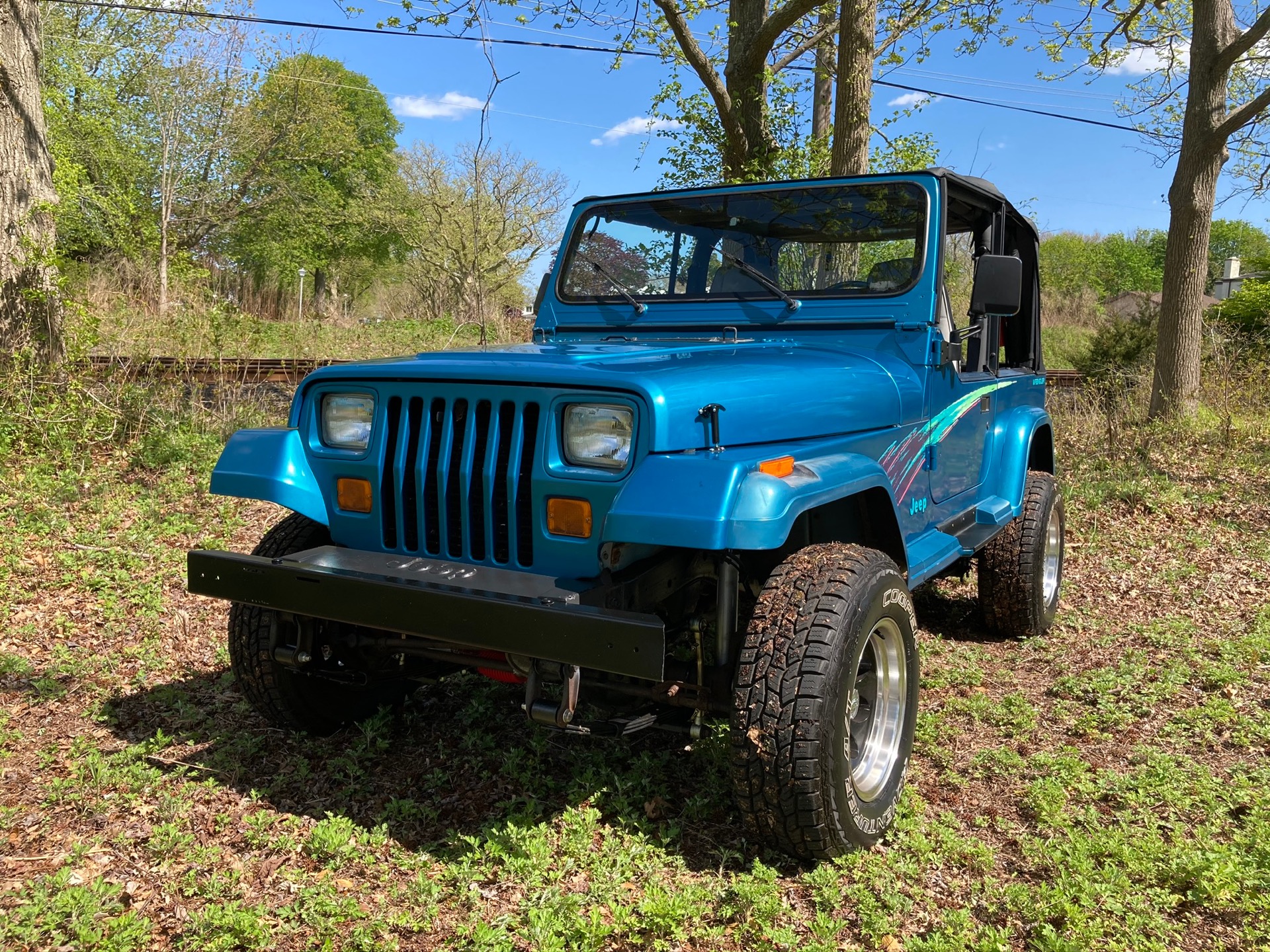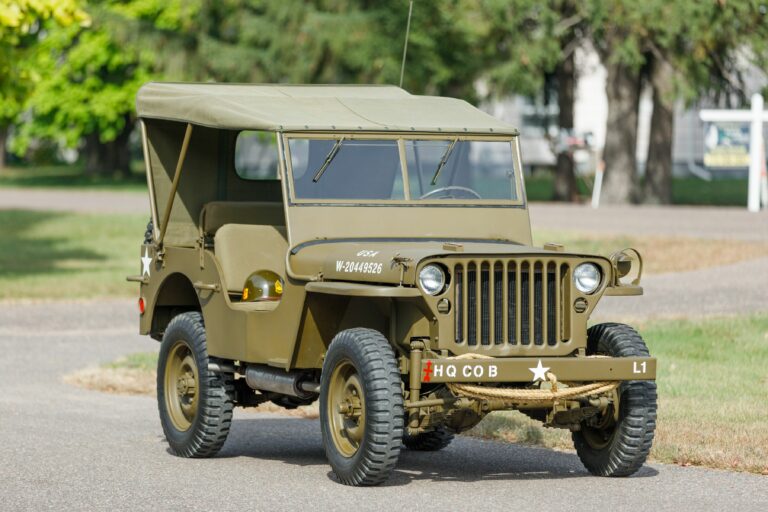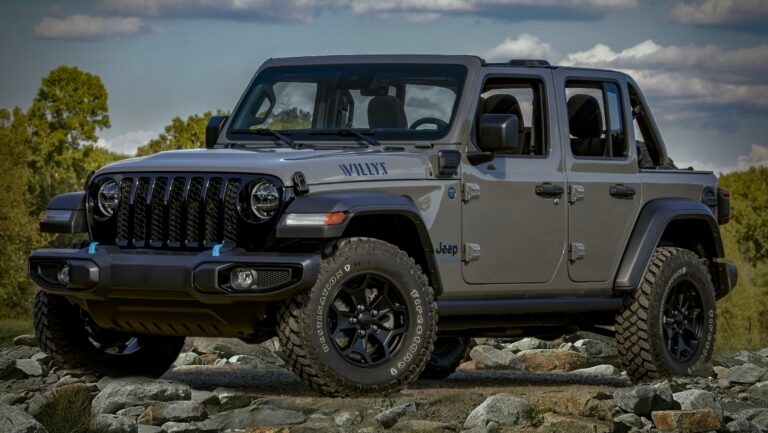1994 Jeep Wrangler YJ For Sale: Your Ultimate Buyer’s Guide
1994 Jeep Wrangler YJ For Sale: Your Ultimate Buyer’s Guide jeeps.truckstrend.com
The 1994 Jeep Wrangler YJ, with its distinctive square headlights and rugged charm, represents a pivotal moment in the storied history of the iconic American off-roader. More than just a vehicle, the YJ is a symbol of freedom, adventure, and a simpler time when mechanical simplicity reigned supreme. For enthusiasts and newcomers alike, the prospect of finding a 1994 Jeep Wrangler YJ for sale is not just about acquiring transportation; it’s about investing in a piece of automotive heritage, a highly customizable platform, and an experience that few other vehicles can offer. This comprehensive guide aims to equip you with all the knowledge needed to navigate the market for a 1994 YJ, ensuring you make an informed and satisfying purchase.
Why the 1994 Jeep Wrangler YJ Stands Out
1994 Jeep Wrangler YJ For Sale: Your Ultimate Buyer’s Guide
The YJ generation (1987-1995) marked a significant evolution for the Wrangler, introducing a more refined on-road experience without sacrificing its legendary off-road prowess. The 1994 model year, in particular, benefits from years of refinement within the YJ series, making it one of the most desirable iterations.
- Iconic Design: While initially controversial, the YJ’s square headlights have become a hallmark of its unique identity, setting it apart from its round-eyed predecessors and successors. Coupled with the classic seven-slot grille, exposed door hinges, and removable top and doors, it exudes an undeniable vintage appeal.
- Off-Road Prowess: Beneath the retro styling lies a true off-road beast. With robust leaf spring suspension on all four corners, solid axles (Dana 30 front, Dana 35 or optional Dana 44 rear), and the reliable NP231 Command-Trac transfer case, the 1994 YJ is incredibly capable straight from the factory, conquering trails with ease.
- Moddability and Aftermarket Support: The YJ is a blank canvas for customization. Its straightforward design and immense popularity have fostered a massive aftermarket industry. From lift kits and larger tires to engine swaps and armor, virtually any modification you can dream of is possible, allowing owners to tailor their YJ to specific needs and tastes.
- Simplicity and Durability: Compared to modern vehicles, the 1994 YJ is mechanically simpler, making it easier for DIY enthusiasts to maintain and repair. The renowned 4.0-liter inline-six engine, in particular, is celebrated for its bulletproof reliability and longevity, often reaching 200,000+ miles with proper care.
- Investment Potential: As classic vehicles, well-maintained YJs are appreciating in value. They offer a unique blend of vintage charm and modern usability, making them attractive to collectors and enthusiasts looking for a fun vehicle that might also prove to be a sound financial investment.

Key Specifications and Features of the 1994 YJ
Understanding the core components of the 1994 YJ is crucial for evaluating a potential purchase.
- Engine Options:
- 2.5L Inline-4 (AMC 150): A durable and fuel-efficient option, producing around 120 horsepower. Suitable for light off-roading and cruising, though it can feel underpowered on highways.
- 4.0L Inline-6 (AMC 242): The more sought-after engine, delivering 180 horsepower and significant torque. This engine provides excellent power for both on-road driving and serious off-roading, making it the preferred choice for most buyers.
- Transmissions:
- Manual: Primarily the Aisin AX-5 (for 2.5L) and the Aisin AX-15 (for 4.0L). Both are robust 5-speed manual transmissions.
- Automatic: The 3-speed TF999 (for 2.5L) or the 3-speed 32RH (for 4.0L). While less common, these offer a more relaxed driving experience.

- Transfer Case: The NP231 Command-Trac, a part-time 4×4 system, is standard. It’s highly reliable and offers 2H, 4H, and 4L settings.
- Axles: Dana 30 front and Dana 35 rear are standard. Some rare models, particularly those with the optional "heavy-duty" package, might feature a Dana 44 rear axle, which is highly desirable for its strength.
- Suspension: Live axle, leaf spring suspension on both front and rear. This setup provides excellent articulation for off-road obstacles but can result in a stiffer ride compared to coil-sprung vehicles.
- Body Styles: Available with a removable soft top or a fiberglass hardtop, and either full metal doors or half doors (with soft uppers).
- Trim Levels: Common trims included the base S, SE, Sahara (known for its unique interior and exterior accents), and the more aggressive Renegade (though the Renegade package was less common by ’94 and distinct).
What to Look For When Buying a 1994 YJ (The "How-To" Guide)
Purchasing an older vehicle, especially one prone to hard use, requires a keen eye. Here’s a comprehensive checklist:
- Rust, Rust, Rust: This is the absolute biggest enemy of the YJ.
- Frame: Inspect the frame rails thoroughly, especially near the leaf spring hangers, control arm mounts, and skid plates. Look for flaking, bubbling, or perforations. Pay close attention to the rear section behind the wheels.
- Body Tub: Check the floorboards (under carpets/mats), rocker panels, wheel wells, and tailgate. The rear corners of the tub are notorious rust spots.
- Underbody Components: Examine suspension components, exhaust system, and fuel tank skid plate for severe corrosion.
- Engine Health:
- Leaks: Look for oil, coolant, or power steering fluid leaks. The rear main seal and valve cover gaskets are common leak points.
- Smoke: Blue smoke indicates oil burning, white smoke (sweet smell) suggests coolant, and black smoke points to a rich fuel mixture.
- Noises: Listen for knocking, ticking, or rattling sounds.
- Fluid Condition: Check oil and coolant for proper levels and appearance (no milky oil, no rusty coolant).
- Service History: Ask for maintenance records if available.
- Transmission and Transfer Case:
- Manual: Test all gears. It should shift smoothly without grinding. Listen for unusual noises in neutral or while driving.
- Automatic: Check fluid levels (should be red, not dark or burnt-smelling). Ensure smooth shifts without hesitation or slipping.
- 4×4 Engagement: Test the transfer case in 2H, 4H, and 4L. Engage 4L and drive a short distance (on a loose surface, not pavement) to ensure it shifts and holds correctly.
- Axles and Drivetrain:
- U-Joints: Check for play in driveshaft and axle shaft U-joints.
- Differentials: Listen for whining or clunking noises, especially when turning or accelerating. Check for fluid leaks at the differential covers.
- Suspension and Steering:
- Leaf Springs: Look for sagging, broken leaves, or excessive rust on hangers.
- Shocks: Check for leaks or damage.
- Bushings: Inspect all bushings (leaf spring, control arm, sway bar) for cracks or deterioration.
- Steering Play: With the engine off, turn the steering wheel side to side. Excessive play (more than 1-2 inches) could indicate worn steering box, tie rods, drag link, or ball joints.
- Electrical System: Test all lights (headlights, tail lights, turn signals, brake lights), wipers, horn, radio, gauges, and heater/AC. YJs can have quirky electrical issues due to age.
- Interior Condition: Check seats for rips, dashboard for cracks, and gauges for functionality. Ensure doors and windows operate correctly.
- Modifications: Be cautious of heavily modified Jeeps, especially those with poorly installed lifts or questionable custom work. Ask for documentation or receipts for major modifications. A well-done modification can add value, but a shoddy one can lead to expensive repairs.
- Paperwork: Verify the VIN matches the title. Ensure the title is clean (not salvage or rebuilt). Ask for service records if available.
- Pre-Purchase Inspection (PPI): If possible, have a trusted mechanic (ideally one familiar with Jeeps) perform a comprehensive inspection before finalizing the purchase. This small investment can save you thousands down the road.
Common Challenges and Solutions
Owning a vintage vehicle comes with its quirks. Here are common challenges with YJs and their solutions:
- Rust Mitigation: The best solution is prevention through regular cleaning and rustproofing. For existing rust, cutting out affected areas and welding in new metal (patching panels or full tub replacement) is the most effective repair.
- Maintenance Needs: YJs are robust but demand consistent maintenance. Regular oil changes, fluid checks, greasing U-joints, and inspecting wear items like bushings, belts, and hoses will keep it running strong.
- Ride Quality: The leaf spring suspension can be stiff. Upgrading to quality aftermarket shocks and ensuring all suspension bushings are in good condition can improve comfort. For extreme cases, a spring-over-axle (SOA) conversion offers improved articulation but significantly changes ride characteristics and requires professional installation.
- Leaks: Minor leaks are common. Identifying the source (valve cover, oil pan, rear main seal, power steering pump, differential covers) and replacing worn gaskets or seals is usually a straightforward fix.
- Electrical Gremlins: Often caused by corroded grounds, old wiring, or failing sensors. A good multimeter and a factory service manual are invaluable for diagnosing and repairing these issues.
- Aftermarket Parts Overwhelm: With so many options, choosing parts can be daunting. Stick to reputable brands known for quality and fitment, and consult YJ owner forums for recommendations.
1994 Jeep Wrangler YJ Estimated Price Guide
The price of a 1994 Jeep Wrangler YJ can vary significantly based on condition, mileage, engine, modifications, and geographical location. The 4.0L inline-six models generally command higher prices due to their superior performance.
| Condition (General) | Engine Type | Mileage Range | Common Price Range (USD) | Key Factors Influencing Price






